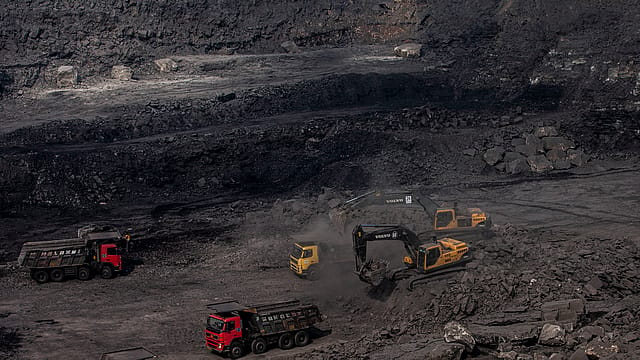Surging demand forces India U-turn on coal-lignite plants for a decade
ADVERTISEMENT

Taking a U-turn from the earlier stand of not setting up any new carbon-emitting thermal plants in the country for almost a decade, India will add new thermal capacities of about 60-80 gigawatts (GW) to meet surging electricity demand. It will also defer the closing of any old thermal and large hydro plants until 2030.
In a related development, the Central Electricity Authority (CEA) recently came out with Revised Guidelines on retirement and enhancing the life cycle of thermal power generation and large hydro plants. The revised guidelines say when a generating company or utility decides to retire its plants on its own, it has to be informed to the CEA. A CEA Standing Committee has to examine the proposal and will give clearance only by the policy and existing guidelines. After completing the examination of the proposal and interaction with the generating company, including any field or site visits, the final decision of the Standing Committee shall be put up to the Chairperson, CEA for approval. Then only any utility or state generating company or private sector thermal units can proceed to close down the unit.
So far, generation has been a delicensed activity as per Section 7 of the Electricity Act, 2003 and phasing out/retirement of units is decided by power generating companies based on their own techno-economic and environmental reasons.
In November 2023, Union Power and New & Renewable Energy Minister R. K. Singh told industry stakeholders that 'it was a premature decision to write off thermal energy and promote only renewables. ''Thermal cannot be written off until energy storage becomes viable and cost-effective for Round-the-Clock supply through renewable energy and hence, the industry needs to ramp up thermal capacity,'' said the Minister.
January 2026
Netflix, which has been in India for a decade, has successfully struck a balance between high-class premium content and pricing that attracts a range of customers. Find out how the U.S. streaming giant evolved in India, plus an exclusive interview with CEO Ted Sarandos. Also read about the Best Investments for 2026, and how rising growth and easing inflation will come in handy for finance minister Nirmala Sitharaman as she prepares Budget 2026.
Following the government's big push for renewables, the installed capacity of thermal power increased from 139 GW in March 2014 to only 206 GW by October 2023, when compared to renewable energy installed capacity addition which grew from 75.5 GW in March 2014 to 178.9 GW by October 2023. Still, over 60% of India's electricity is produced by fossil fuel-fired plants using either coal, lignite or gas.
As per the projections of the National Electricity Plan for 2022-32, the required coal and lignite-based installed capacity has to be 283 GW by 2031-2032, as against the present installed capacity of 214 GW. Currently, about 27 GW of thermal capacity is under construction and plans are to start work on at least 55 GW – 60 GW of thermal capacity, as against the initial plans of adding 25 GW more by 2022-32.
In January last year, the CEA advised power utilities not to retire any thermal units until 2030, and instead old plants should undergo extension of life and carry out R&M (renovation and maintenance) activities. Within six months, the CEA had identified 148 thermal units with a total capacity of 38150 MW as potential candidates for R&M/LE works. The phasing plan for implementation for R&M/LE at 148 units was also prepared in consultation with central, state and private power utilities.
Similarly, the renovation, modernisation, uprating and life extension work at 64 hydro electric plants (HEPs) with an installed capacity of 117.18 GW is programmed for completion during 2022-27. Further, another 21 HEPs with an installed capacity of 2.879 GW will undergo the exercise during 2027-32, say sources.
